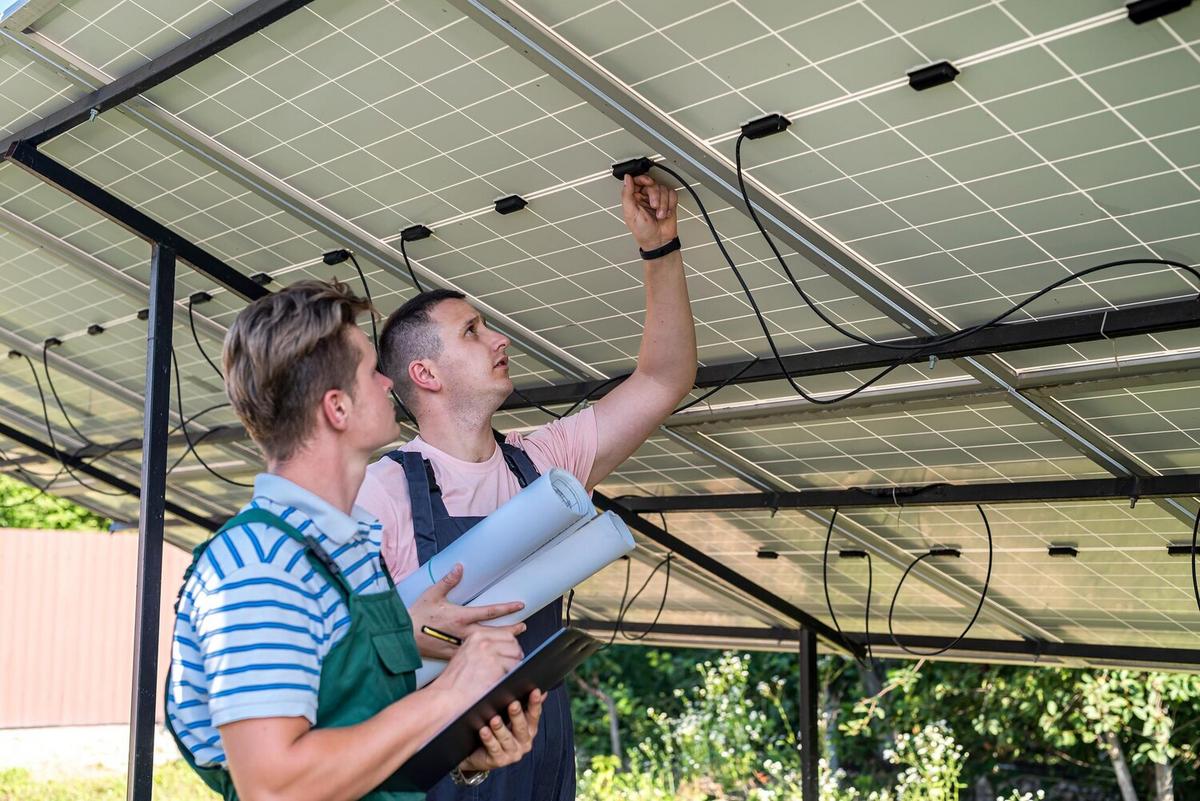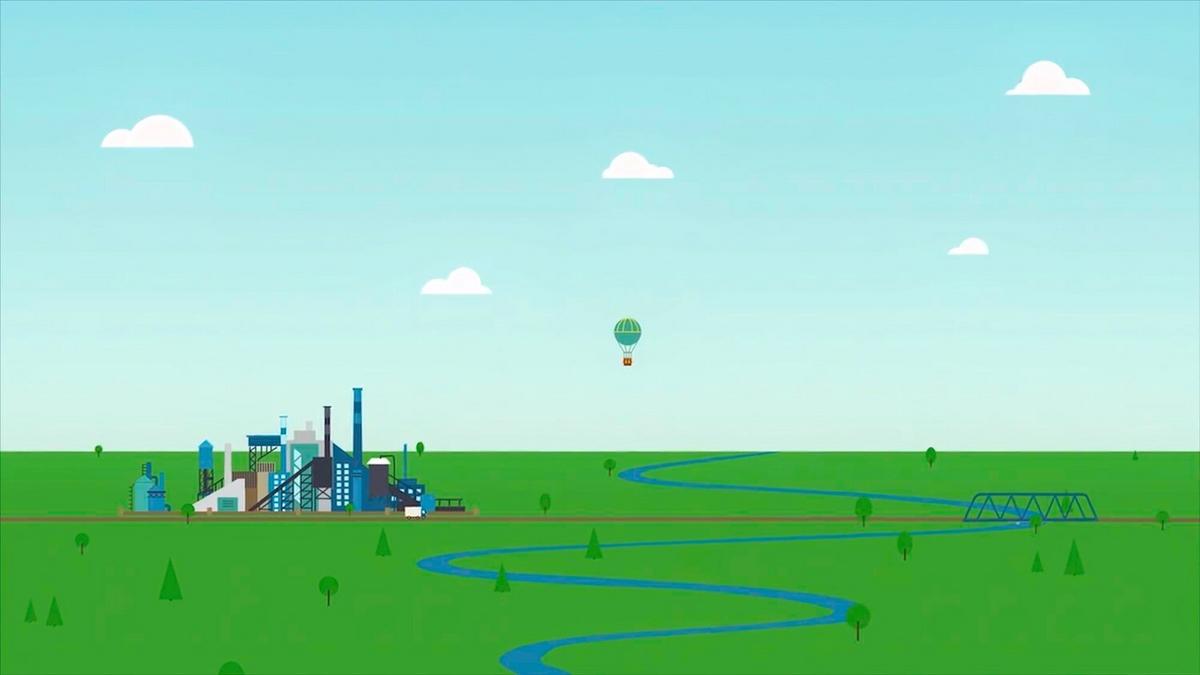
Community Solar Programs: Making Renewable Energy Accessible
Imagine a world where harnessing solar energy doesn’t require owning a rooftop or living in a sunny region. Community solar programs are making this vision a reality by democratizing access to renewable energy, allowing more people to participate in the clean energy revolution.
Understanding Community Solar Programs
Community solar programs, also known as shared solar, enable multiple individuals to benefit from a single solar array, typically installed in a central location. These programs are designed to provide access to solar energy for those who might not have the means or suitable conditions to install solar panels on their own property.
Expert Insights
According to a report by the Solar Energy Industries Association, community solar projects have grown significantly, with cumulative capacity exceeding 2.6 gigawatts in the United States alone. This growth is largely driven by the increasing demand for sustainable energy solutions that are accessible to a wider audience.
Statistics and Impact
Research shows that community solar can lead to significant environmental and economic benefits. For example, a study by the National Renewable Energy Laboratory found that community solar projects could cover up to 50% of the U.S. electricity demand by 2050.
Real-Life Examples
Consider the case of a small town in Colorado that implemented a community solar program. Residents who were previously unable to install solar panels due to financial or spatial constraints now enjoy lower electricity bills and contribute to reducing the town’s carbon footprint.
Getting Involved in Community Solar
- Research Available Programs: Start by exploring community solar options in your area. Websites like EnergySage provide state-by-state guides on available projects.
- Evaluate Costs and Savings: Compare the costs associated with joining a community solar program versus traditional energy sources. Often, participants see immediate savings on their energy bills.
- Understand the Commitment: Before signing up, ensure you understand the terms of participation, including the duration of the commitment and any potential exit fees.
Pro Tips for Joining a Community Solar Program
Before committing to a community solar program, check if the provider offers a performance guarantee. This ensures you receive credits for the actual output of the solar array.
| Aspect | Community Solar | Traditional Solar |
|---|---|---|
| Initial Cost | Low to None | High |
| Maintenance | Handled by Provider | Owner’s Responsibility |
| Flexibility | High (easier to move) | Low (fixed installation) |
| Environmental Impact | Positive | Positive |
| Access | Wider Reach | Limited to Property Owners |
| Energy Savings | Potentially High | Varies |
| Commitment | Usually Flexible | Long-Term |
| Performance Guarantee | Often Included | Varies |
Frequently Asked Questions
What is a community solar program?
Community solar programs allow multiple people to benefit from a shared solar installation, making solar energy accessible to those who cannot install panels on their own property.
How do I join a community solar program?
You can join by subscribing to a local community solar project. This typically involves choosing a plan and agreeing to the terms of subscription.
Do community solar programs save money?
Yes, participants often see reduced electricity bills, as community solar programs provide energy at a lower cost than traditional utility rates.
Conclusion
Community solar programs are transforming the landscape of renewable energy by making it accessible and affordable for a diverse range of individuals. By participating in these programs, you not only save on energy costs but also contribute to a more sustainable future. Explore available options in your area and take the first step towards embracing clean energy.


